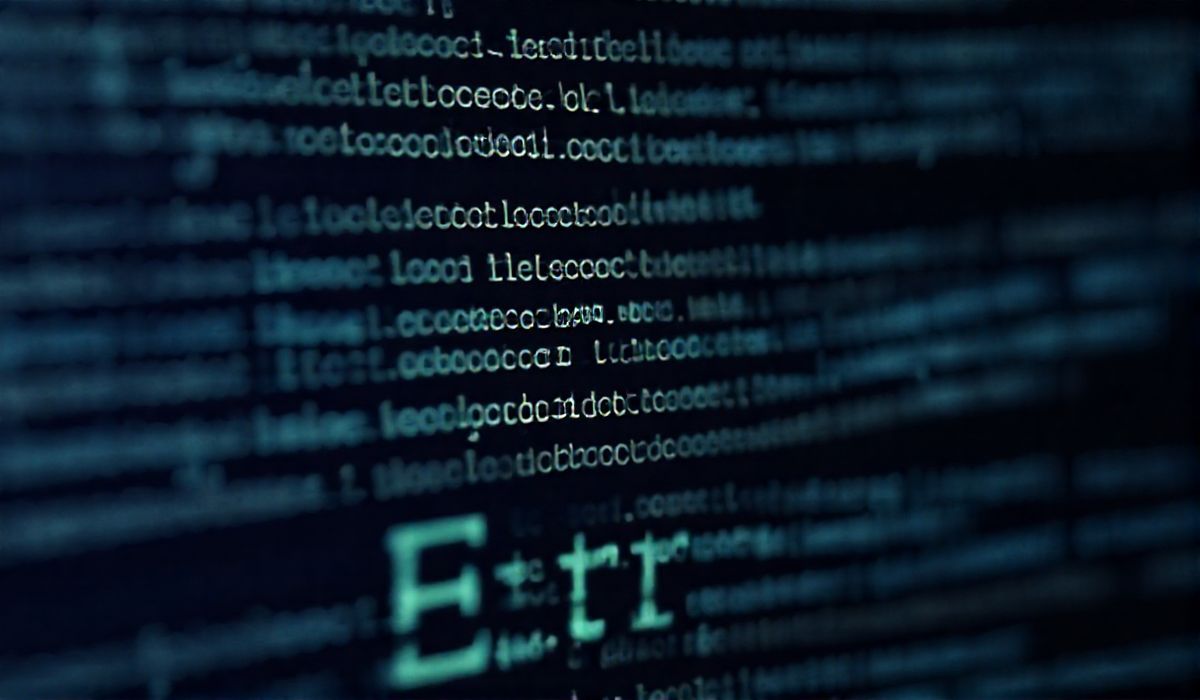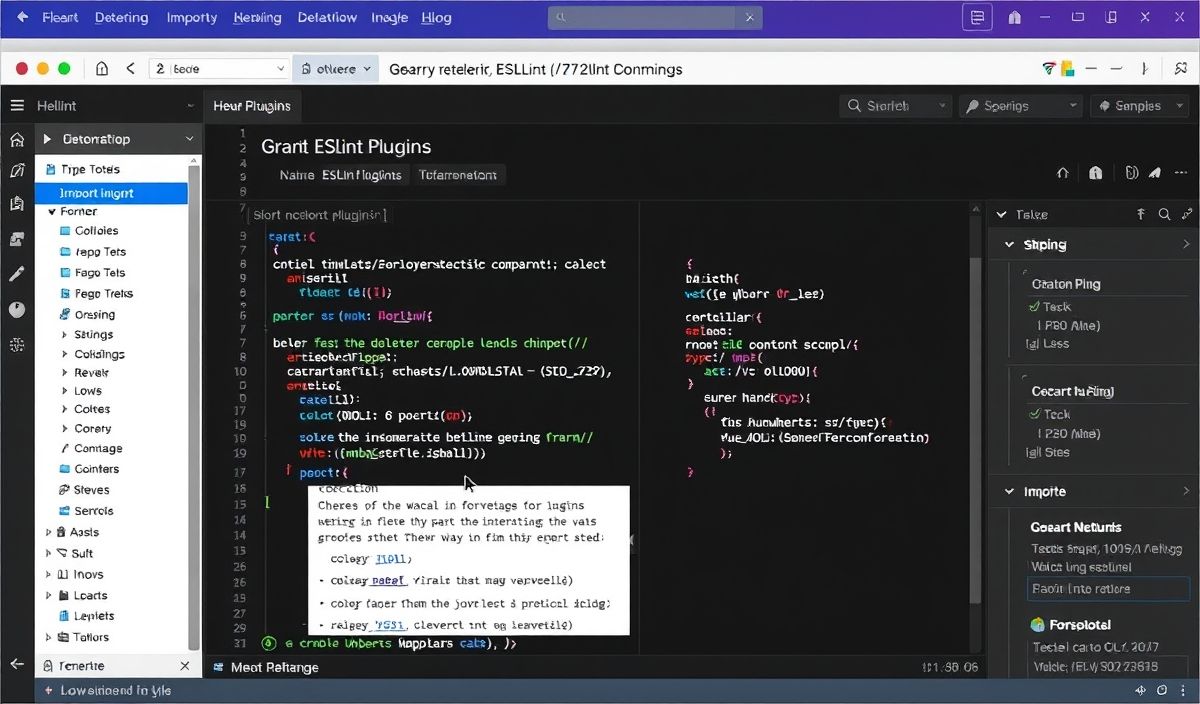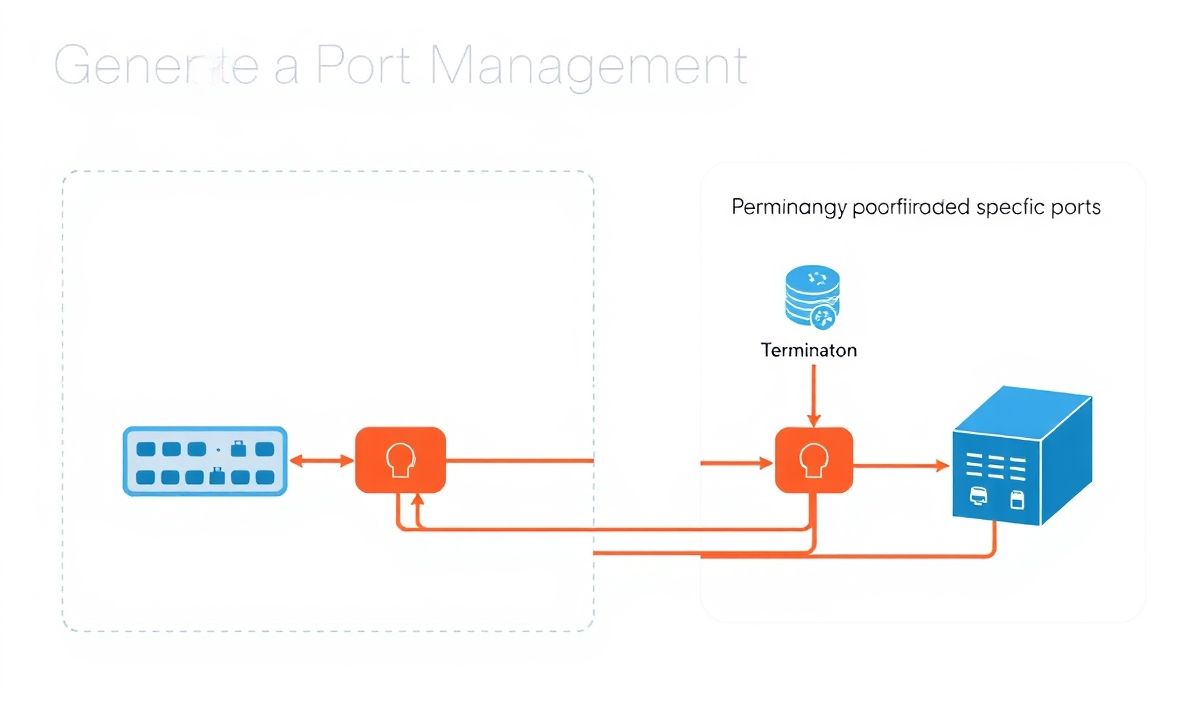Welcome to the Comprehensive Guide to Charset-Normalizer
charset-normalizer is a crucial Python library designed to auto-detect character encodings in text-based data. It is highly useful when dealing with multi-language files, web scraping, or text processing pipelines where encoding uncertainties arise. This guide will cover its basics, multiple API examples, and a practical app demonstration.
Getting Started with charset-normalizer
First, install the charset-normalizer library:
pip install charset-normalizer
Main APIs and Examples
1. Detect String Encoding
The from_bytes API detects the encoding of byte data.
from charset_normalizer import from_bytes
sample_data = b'\xe6\x97\xa5\xe6\x9c\xac\xe8\xaa\x9e' # Japanese text (Nihongo)
result = from_bytes(sample_data)
if result:
print("Detected Encoding:", result.best().encoding) # Output: Detected Encoding: utf-8
2. Analyze Encoding with Confidence Scores
The API also provides confidence scores to rank encoding guesses:
result = from_bytes(b'Hello, こんにちは')
for match in result:
print(f"Encoding:{match.encoding} | Confidence:{match.mean_mess_ratio}")
3. Handling Text Files with Unknown Encoding
Use from_path when working with file paths:
from charset_normalizer import from_path
result = from_path("unknown_encoding_file.txt")
if result.best():
print("Best Encoding Detected:", result.best().encoding)
4. Safely Decode Bytes with Auto Detected Encoding
The library can decode texts directly by integrating with the str function.
best_guess = from_bytes(b'\xe4\xbd\xa0\xe5\xa5\xbd').best() decoded_text = best_guess.raw.decode(best_guess.encoding) print(decoded_text) # Output: "你好" (Ni Hao - Hello in Chinese)
5. Custom Threshold for Confidence
Adjust the minimum confidence required to consider an encoding:
result = from_bytes(b'\xe6\x88\x91\xe7\x88\xb1\xe4\xbd\xa0', threshold=0.2) print(result.best().encoding if result else "No confident match")
6. Bulk File Processing
Use CharsetNormalizerMatches helper for iteratively processing results:
from charset_normalizer import CharsetNormalizerMatches as Cnm
result = Cnm.from_bytes(b"Bonjour, Comment ça va?")
for match in result:
print("Encoding:", match.encoding, "Confidence:", match.mean_mess_ratio)
Complete Example: Encoded File Converter App
Let us create a sample application to detect and convert file content encoding.
import sys
from charset_normalizer import from_path
def convert_file_to_utf8(input_file, output_file):
result = from_path(input_file)
if result.best():
# Write content as utf-8
with open(output_file, 'w', encoding='utf-8') as out:
out.write(result.best().decoded_content)
print(f"File converted to UTF-8 and saved to {output_file}")
else:
print("Failed to detect encoding.")
if __name__ == "__main__":
if len(sys.argv) != 3:
print("Usage: python app.py input_file output_file")
sys.exit(1)
convert_file_to_utf8(sys.argv[1], sys.argv[2])
Conclusion
Charset-Normalizer is a robust Python tool for automatic character encoding detection and conversion. With its multitude of APIs, it becomes a must-have utility for developers. Feel free to explore and integrate it into your projects!
Further Reading & Resources:
- Charset Normalizer Documentation
- Python Text Encoding Standards Documentation




